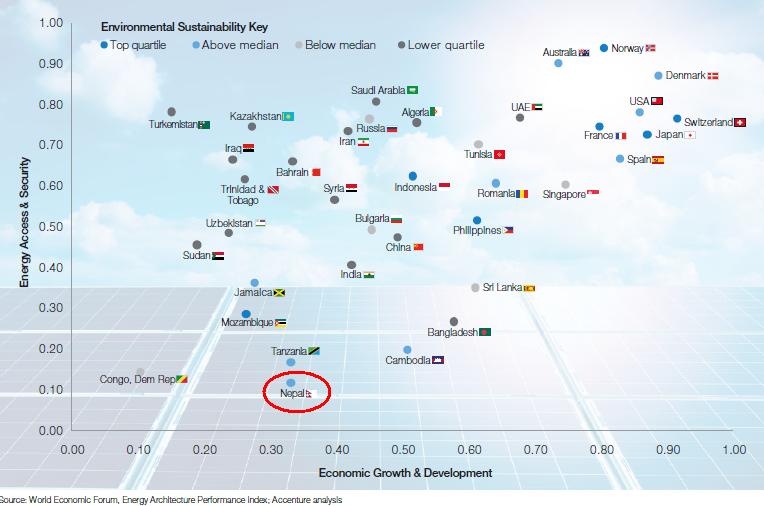In its latest
Doing Business 2013:
Smarter Regulations for Small and Medium-Size Enterprises report, the IFC has ranked Singapore as the top economy in terms of ease of doing business. The other top ranked economies are Hong Kong (SAR, China), New Zealand, the United States, and Denmark. Last year as well, the
same economies were in the top position.
The report ranks economies based on performance in ten indicators: starting a business, dealing with construction permits, getting electricity, registering property, getting credit, protecting investors, paying taxes, trading across borders, enforcing contracts, and resolving insolvency. This year’s report data cover regulations measured from June 2011 through May 2012.
Poland was the global top improver in the past year. The other economies that have made the most progress in several areas of regulation last year were Sri Lanka, Ukraine, Uzbekistan, Burundi, Costa Rica, Mongolia, Greece, Serbia, and Kazakhstan.
In South Asia, Sri Lanka made the most progress and was ranked 81, followed by Maldives (95), Pakistan (107), Nepal (108), Bangladesh (129), India (132), Bhutan (148) and Afghanistan (168). Last year, Maldives ranked 79, followed by Sri Lanka (89), Pakistan (105), Nepal (107), Bangladesh (122), India (132), Bhutan (142) and Afghanistan (160). The regional average (in rank) was 117 in DB2012 but it was 121 in DB2013, reflecting either a worsening business regulatory environment or a stagnant one or significant progress by other regions (based on data revisions) or addition of new economies (this year Malta and Barbados were added).
In terms of ease of doing business,
Nepal ranked 108 out of 185 countries.
Last year, Nepal ranked 107 out of 183 countries and in DB2011 Nepal’s ranking was 110. Between DB2012 and DB2013, Nepal did not enact a single reform aimed at easing business processes and regulations. Hence, the progress made by other economies dropped ranking one position below last year’s ranking (plus there was addition of two economies in this years report).
- While the ranking in registering property has improved by two positions and ranking in getting electricity is unchanged, the ranking in all other indicators has declined. The largest decline (9 positions) is in dealing with construction permit indicator.
- In South Asia region, Nepal has the best ranking (21) in registering property. It requires 3 procedures, 5 days and 4.9% of property value to register a property in Nepal. The regional averages are 6 procedures, 100 days (250 days in Afghanistan), and 7.3% of property value.
- In terms of documents to export, Nepal has the worst performance in the region, requiring 11 documents against the regional average of 8. Sri Lanka has the best performance with just 6 documents required for exporting a container.
- In terms of number of procedures required to enforce contracts, Nepal has best performance in the region with 39 required procedures as against 43 for regional average.
- In terms of time taken to resolve insolvency, Nepal has the worst performance in the region. While it takes 5 years to resolve insolvency in Nepal, the regional average is 3 years (in Maldives it is just 1.5 years). Furthermore, recovery rate is also the lowest in Nepal (24.5 cents on the dollar) compared 29.1 for the region (50.6 for Maldives).
| Nepal's ranking (out of 185 countries) |
| Topics |
DB 2013 Rank |
DB 2012 Rank |
Change in Rank |
| Starting a Business |
105 |
102 |
-3 |
| Dealing with Construction
Permits |
97 |
88 |
-9 |
| Getting Electricity |
96 |
96 |
No change |
| Registering Property |
21 |
23 |
2 |
| Getting Credit |
70 |
67 |
-3 |
| Protecting Investors |
82 |
79 |
-3 |
| Paying Taxes |
114 |
109 |
-5 |
| Trading Across Borders |
171 |
170 |
-1 |
| Enforcing Contracts |
137 |
136 |
-1 |
| Resolving Insolvency |
121 |
119 |
-2 |
This year, the report also provides a new measure called ‘distance from frontier’, which benchmarks economies to the frontier in regulatory practice. In other words, it measures the absolute distance to the best performance on each indicator. When compared across years, the distance to frontier measure shows how much the regulatory environment for local entrepreneurs in each economy has changed over time in absolute terms, while the ease of doing business ranking can show only relative change.
An economy’s distance to frontier is indicated on a scale from 0 to 100, where 0 represents the lowest performance and 100 the frontier. For example, a score of 60 in DB 2012 means an economy was 60 percentage points away from the frontier constructed from the best performances across all economies and across time. A higher score in DB 2013 indicates an improvement.
Compared to DB 2006, in DB 2013, in Nepal, there was improvement in all indicators except trading across borders. The largest improvement was in dealing with construction permits, followed by getting credit and starting a business. Overall, Nepal's ease of doing business improved by four percentage points (i.e. closer to the frontier by four percentage points) between DB 2006 and DB 2013.















